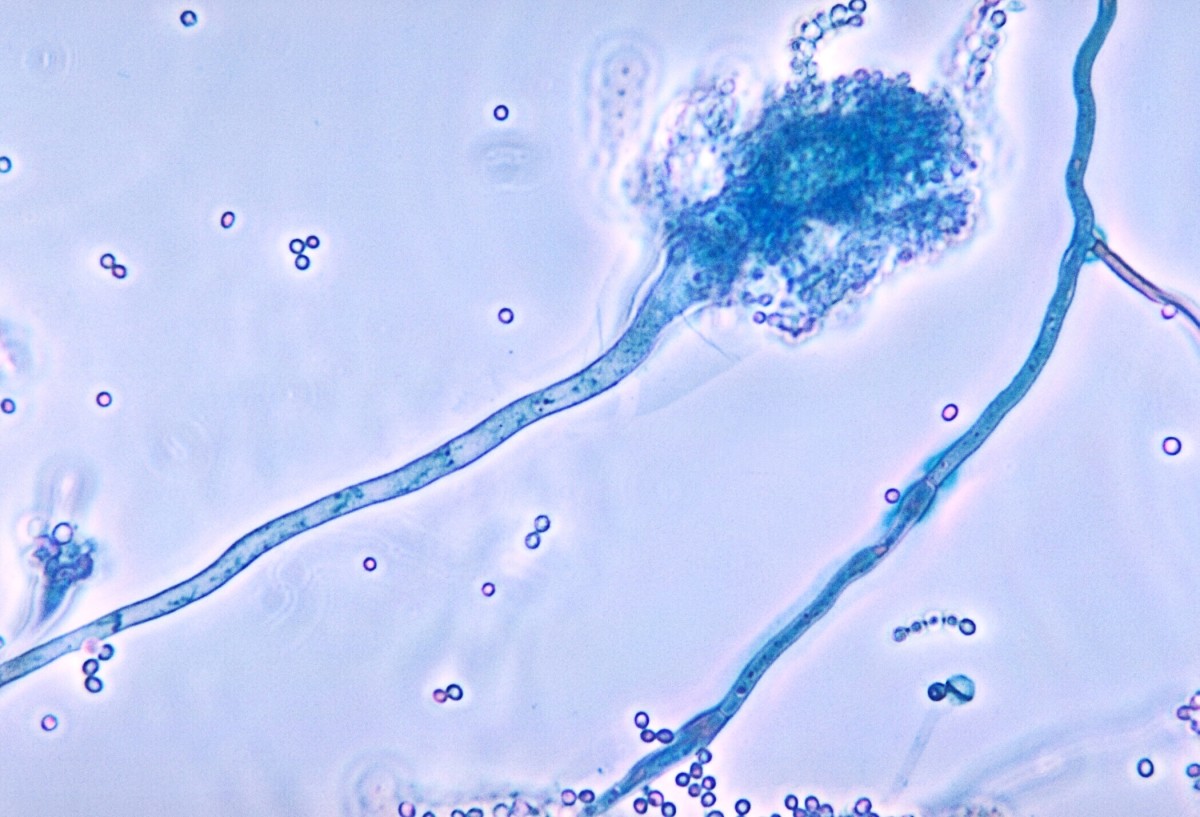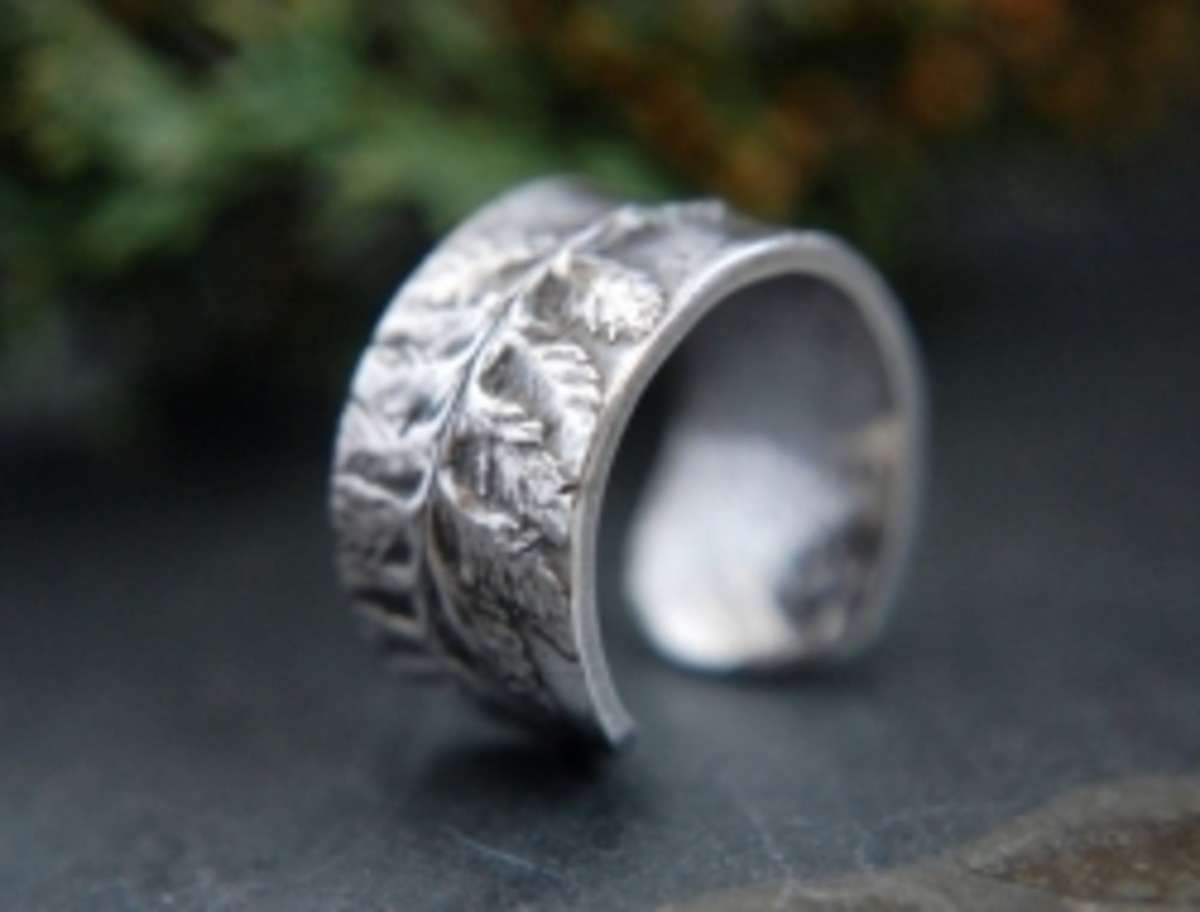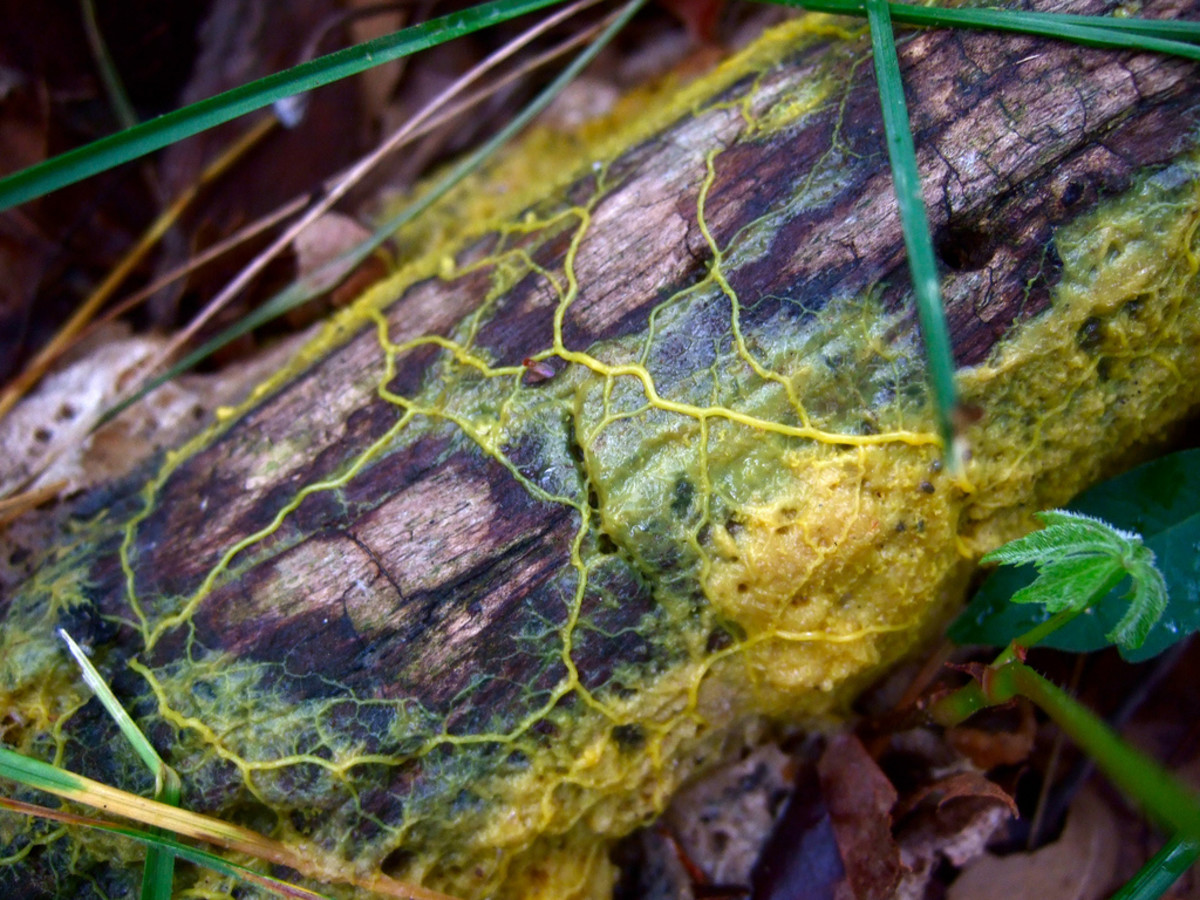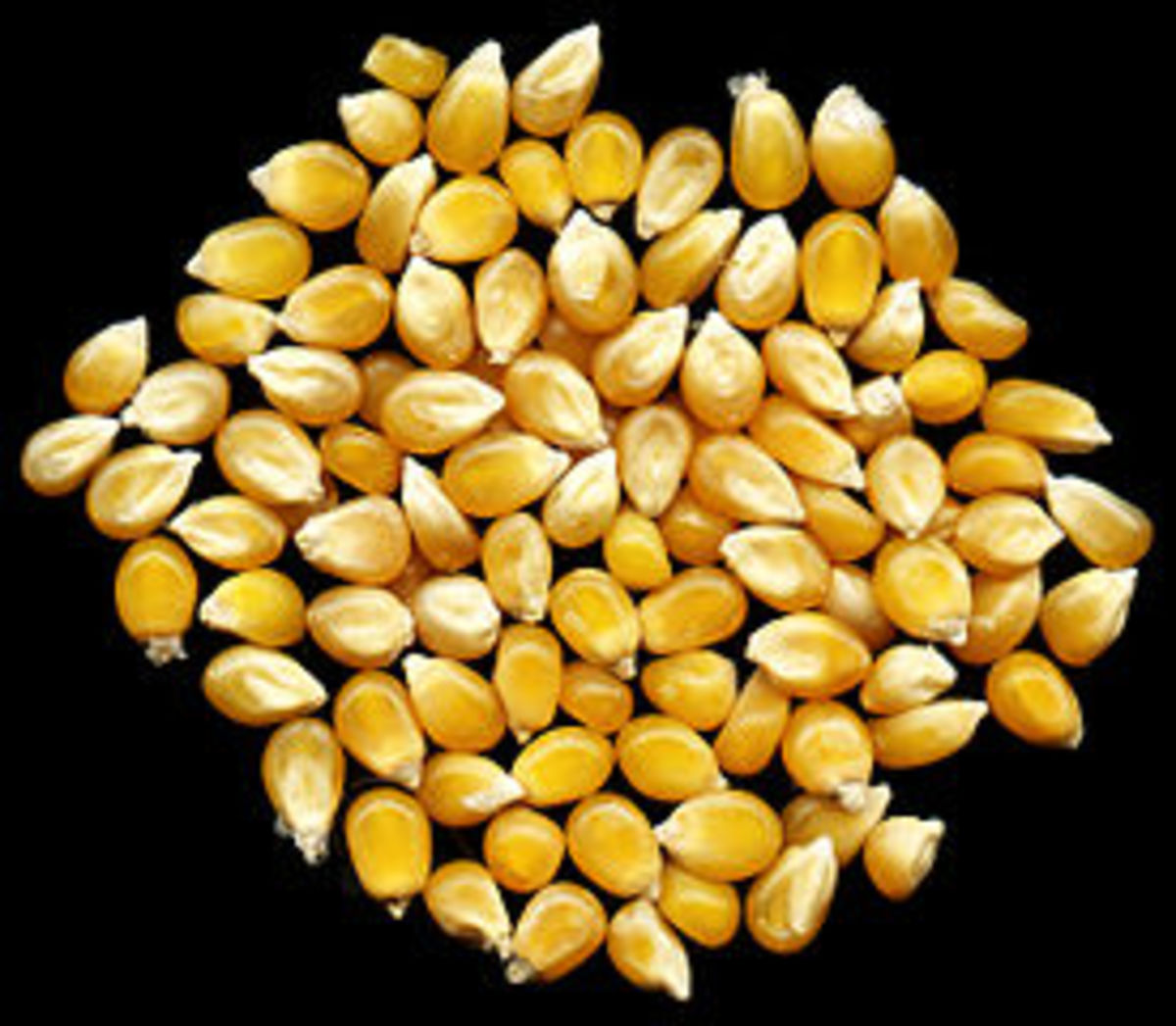How Mold and Spores Affect Food
How Mold Takes Root in Foods
Molds exist in and out of the home. Molds are made up of numerous cells, unlike bacteria, which are only one-celled organisms. Some molds are bad and can make people extremely ill. Molds belong to the fungi family and they resemble tiny, little mushrooms when viewed under a microscope.You are able to see green mold easlily, for example: on a loaf of bread that has been sitting too long as it has tiny green dots on the surface of the bread, but you can't see the roots that are growing underneath the surface of the bread. How did the mold get into the bread? Molds have spores that are too small to be seen, and spores exist in the dust in the home. The spores that settled in the dust get disturbed, rise up into the air, and float around whenever the home is being cleanned, which gives the spores the better chance of molding bread and other foods. Spores can be carried by water, and even on insects. The spores will land on food, such as bread, that is exposed and they will take root and start the process of molding the bread, or any other food that is left out unprotected. Molds need nutrients to live and to reproduce, and mold finds this food that the spores land on as a source of nutrition. Mold takes root, and starts growing and reproducing quite rapidly. Molds can't make chlorophyll on their own like plants, so they get their nutrients by other means, such as getting their nutrients from food like bread.
Bread Mold
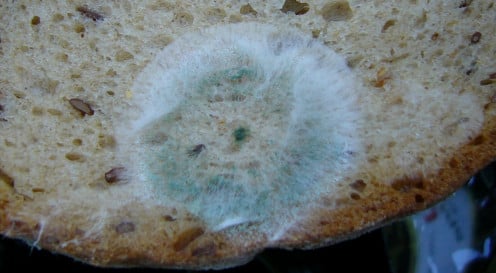
Mold on Bread Has Roots Underneath
Is bread safe to eat if the moldy dots are removed? No, because the dots where the mold is seen has roots, which grows deeper and spreads throughout the bread. The mold on the bread spreads easily, because bread is so porous, and does not have much moisture content. Bacteria can grow along with the mold, but, because it is microscopic, it can only be seen with a microscope, unlike mold.
Moldy bread can make you sick, as some molds may contain mycotoxins, which are poisonous substances that can be dangerous to health. Mold can reproduce as long as it has a source of nutrients, in which to grow. Moldy bread should not be eaten and it should be disposed of in a safe manner, so as not to breathe in the spores, which can cause breathing difficulties. The face and hands need to be protected when disposing of the moldy food, by wearing protective equipment like gloves and a face mask, so that spores can not get in the respiratory tract or on the hands. The surface where any moldy food is found, should be thoroughly disinfected, and the foods that may have had contact with the moldy food should be disposed of, as well.
Can mold grow in food that is refrigerated? Yes, mold can even grow in cold temperatures. Food that has been left and forgotten over time, can have mold growing in it. The food that is moldy and any other food that it had contact with, needs to be disposed of immediately and properly, preferably outdoors. Disposing of moldy food outdoors is the best, because of the spores, which can go into the respiratory tract and into the atmospehere of the home. Never sniff moldy food. Moldy food should be wrapped in plastic and placed in a plastic bag to be thrown away in the garbage.
Old Bread with Mold
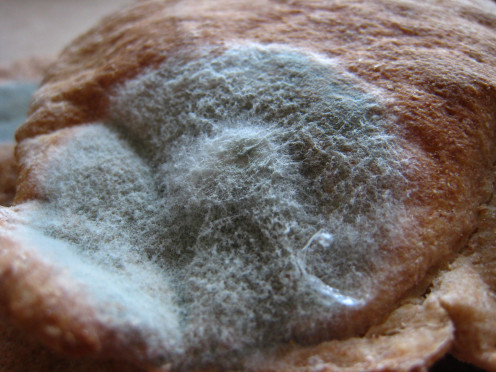
Molds That Are Good And Bad
Some molds are beneficial to mankind. Fungi has been used to make antibiotics, and yeast to make bread, beer, and many other foods. Bread would not be able to rise without yeast.
The molds that contain mycotoxins are a health concern, because exposure to them for the short term can cause illness. Long term exposure to mycotoxins can cause serious health conditions like cancer, lupus and mental retardation. Mycotoxins can upset the stomach and even cause death. Mold is a serious health issue that can cause mild illnesses to serious health conditions . Moldy bread should never be eaten, and must be thrown out, wrapped in plastic and placed in a plastic bag for disposal. Food should be covered with plastic wrap to keep the spores out, so they can not take root, grow mold, spoil the food and cause illness, or even death.


